What is Tecfidera (dimethyl fumarate)?
Tecfidera (dimethyl fumarate) is an oral Nrf2 pathway activator and anti-inflammatory medicine used to treat adults with multiple sclerosis (MS), specifically relapsing-remitting MS (RRMS)[1,2].
How does Tecfidera (dimethyl fumarate) work?
Multiple sclerosis (MS) is a disease where the body’s immune system does not work properly and starts attacking the brain and spinal cord (parts of the central nervous system).
This causes inflammation and damages the protective sheath around the nerves. The active ingredient of Tecfidera (dimethyl fumarate) works to reduce the inflammation and is thought to help regulate the activity of the immune system[1,2].
Where has Tecfidera (dimethyl fumarate) been approved?
Tecfidera (dimethyl fumarate) was approved for multiple sclerosis (MS) by:
-
The Food and Drug Administration (FDA), US, March 2013[1]
-
Therapeutic Goods Administration (TGA), Australia, January 2014[3]
-
European Medicines Agency (EMA), EU, January 2014[2]
-
Health Canada, February 2014[4]
-
Medsafe (New Zealand), July 2014[5].
Please note that this medicine may have also been approved in other regions than the ones we’ve listed. If you have a question about its approval in a specific country feel free to contact our support team.
How is Tecfidera (dimethyl fumarate) taken?
The recommended dosage is[1]:
-
starting dose of 120 mg (120 mg-tablets) taken orally twice daily
-
maintenance dose of 240 mg (240 mg-tablets) taken orally twice daily.
Adjustment in dose may be required based on symptoms and experienced side effects[1].
Complete information about Tecfidera (dimethyl fumarate) dosage and administration can be found in the official prescribing information listed in our references section[1].
Note: Please consult with your treating doctor for personalised dosing.
Are there any known side effects or adverse reactions of Tecfidera (dimethyl fumarate)?
Common adverse reactions
The most common adverse reactions listed in the prescribing information include[1]:
-
abdominal pain
-
diarrhoea
-
nausea
-
vomiting
-
pruritus
-
rash.
Serious adverse reactions
The serious adverse reactions listed in the prescribing information include[1]:
-
anaphylaxis and angioedema
-
progressive multifocal leukoencephalopathy
-
lymphopenia
-
liver Injury
-
flushing.

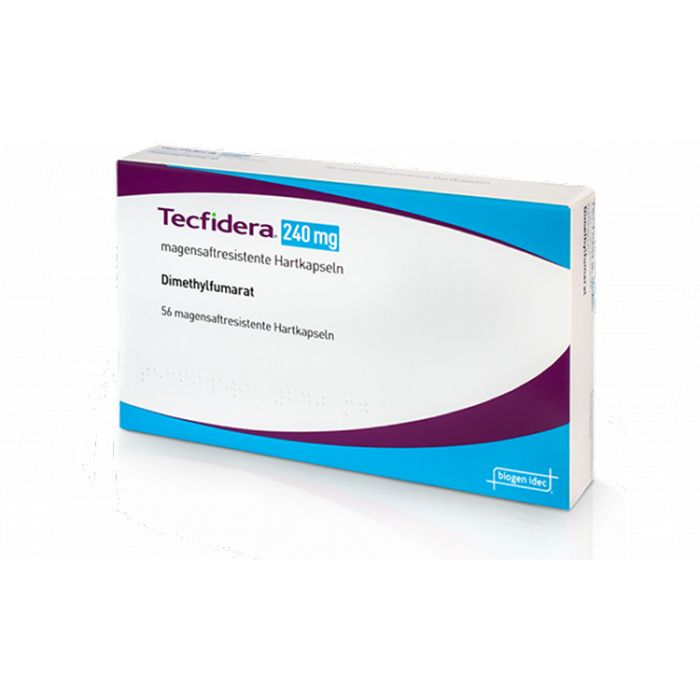


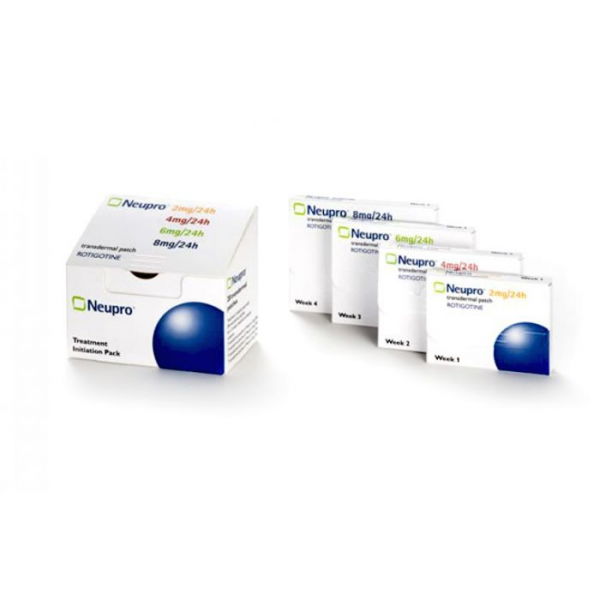

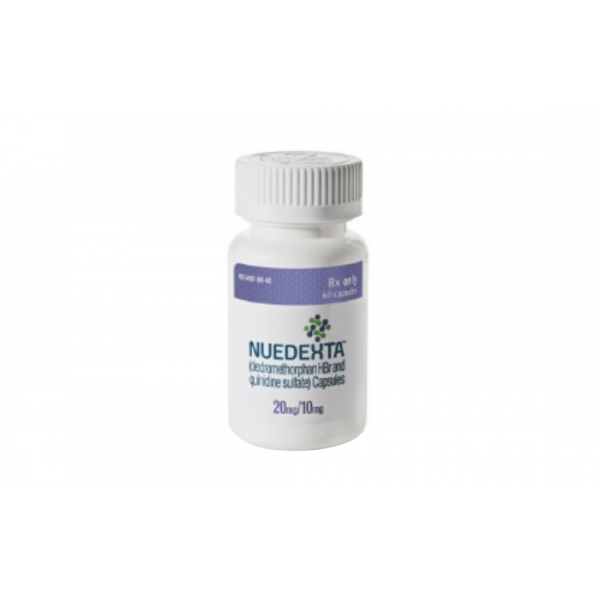
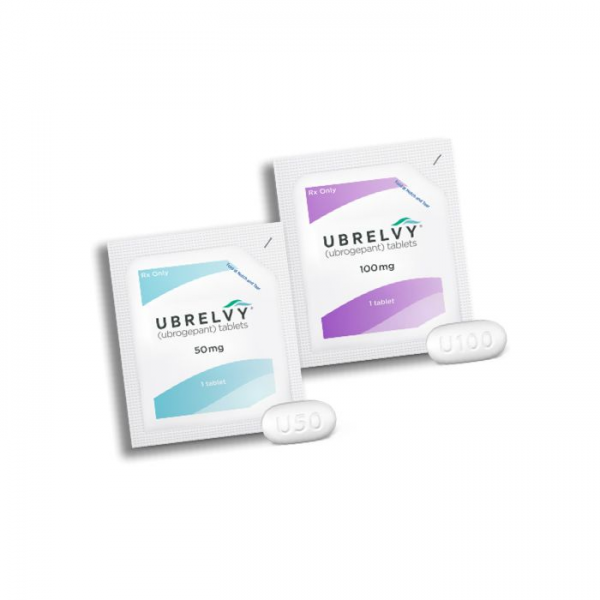
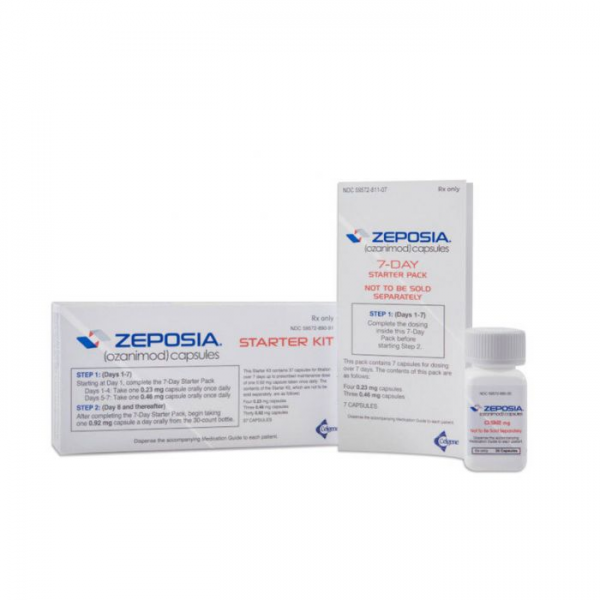

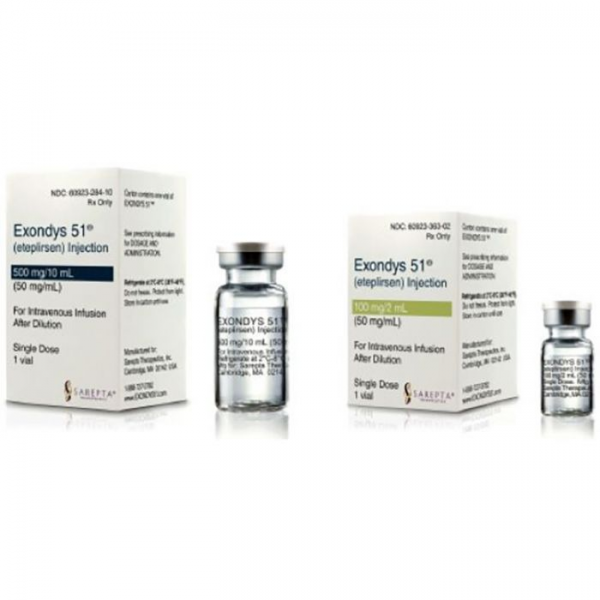
Reviews
There are no reviews yet.